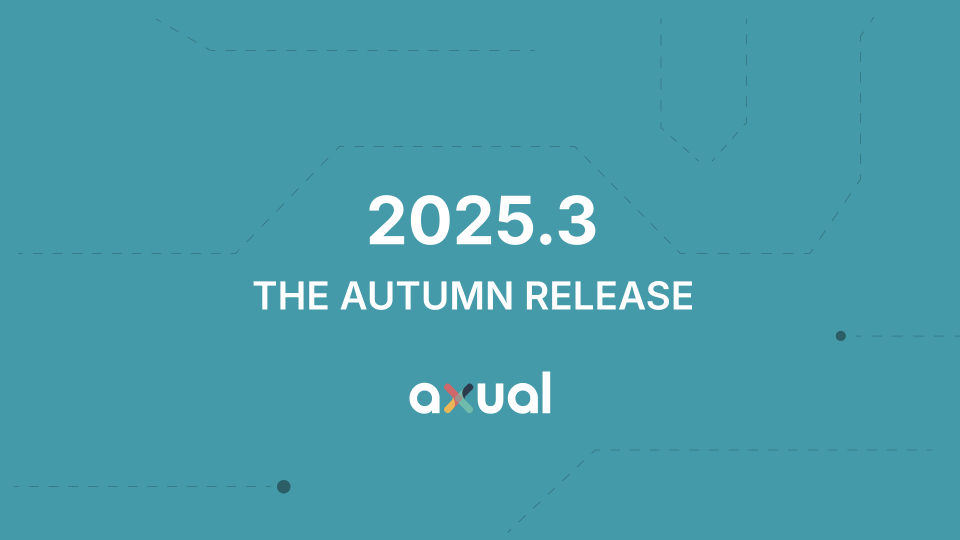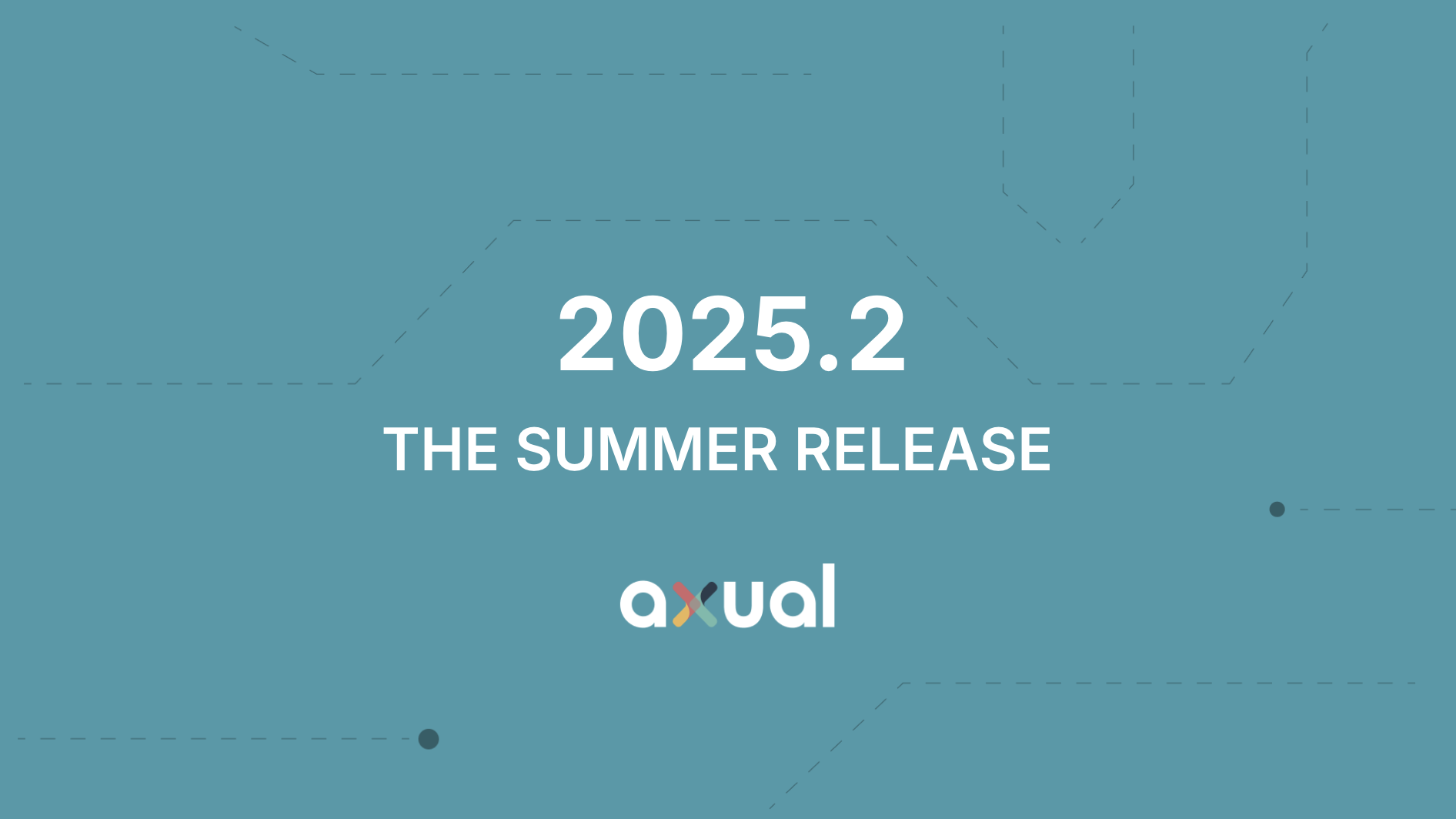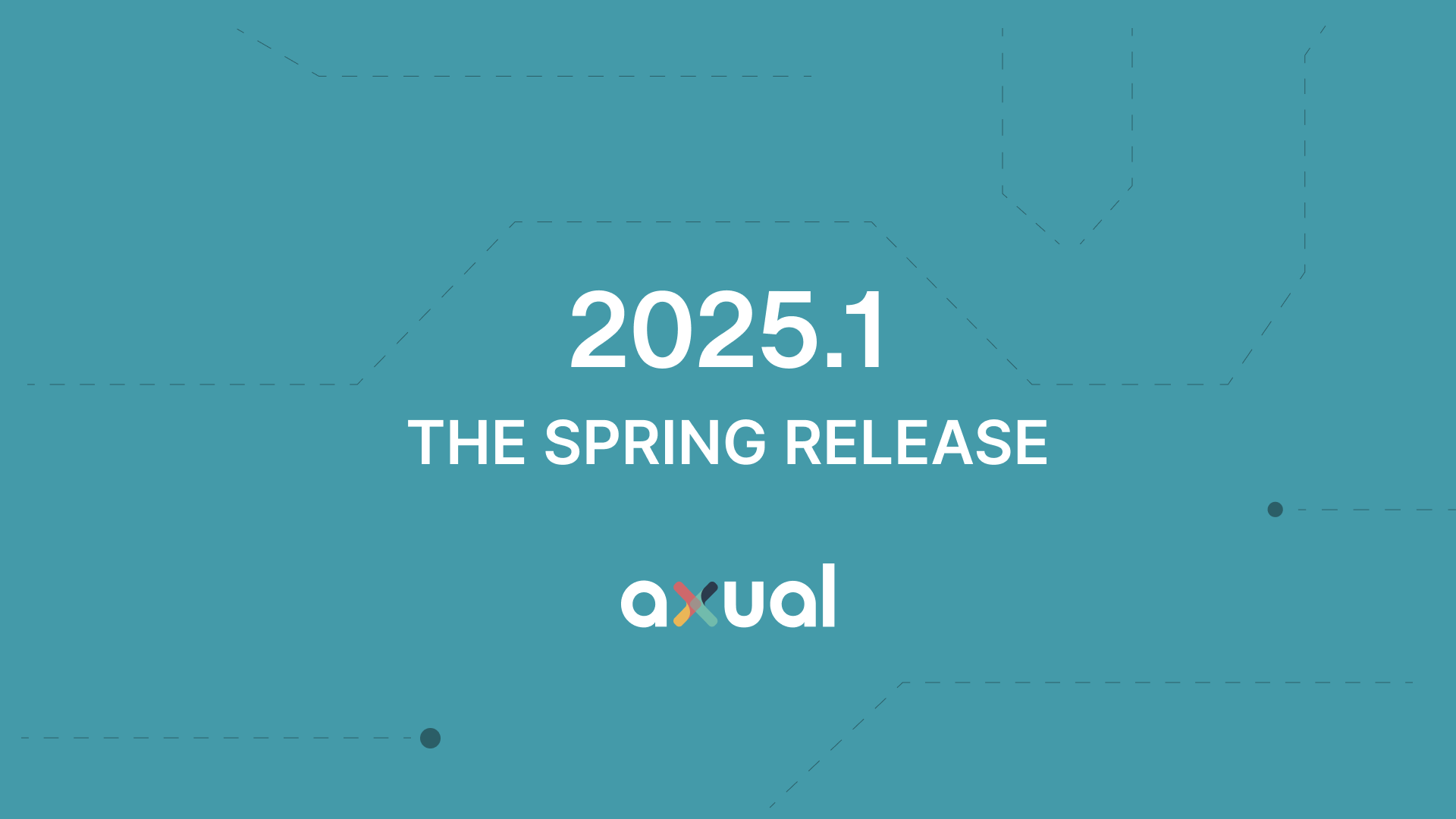API-First: Building the foundation for modern applications
API-first approach has emerged as a strategic methodology that prioritizes the design and development of APIs as the foundation for building applications. Combined with Kafka, a distributed streaming platform, this approach becomes even more powerful, enabling organizations to create scalable, real-time, and event-driven systems.

On this page
The API-first approach of AppyThings
In an increasingly distributed world, connectivity is the fundamental thread woven through any digital endeavor. As a services partner of Axual, AppyThings supports enterprises in establishing a resilient integration layer to democratize access to data and functionality. They expedite time-to-market for their customers' digital transformation roadmaps using API management, Event Streaming, and API Security.
At the heart of AppyThings' approach is the " API-first philosophy." This means that APIs, those digital contracts that define how applications should interact, are the cornerstone of their solutions. By focusing on designing and building API products, AppyThings can create flexible and scalable integrations that adapt to a cloud technology landscape.
PostNL
One of AppyThings' most notable projects was their collaboration with PostNL, a leading Dutch mail, parcel, and e-commerce company with operations in the Netherlands, Germany, Italy, Belgium, and the United Kingdom. PostNL was struggling to manage real-time data notifications. AppyThings stepped in to design and implement an event-driven architecture using technologies like Kafka and Snowflake.
PostNL needed a centralized platform to manage its real-time data streaming for notifications easily. This platform would essentially be the “brain” of the whole setup. To fulfill the task, the organization had some additional requirements; the platform to be used must meet modern standards to provide scalability, fault tolerance, and security.
Axual’s all-in-one Kafka Platform
Axual offers an effective platform. Axual provides a managed, secure, and scalable event streaming service that integrates seamlessly with existing microservices architectures. With Axual, you can focus on building your business logic while leveraging powerful tools for event processing, monitoring, and governance. Axual handles the complexities of Kafka. Enabling companies to easily implement real-time data, ensuring reliable, consistent, and scalable event delivery across their system.
Seamless Integration of a Scalable Real-Time Data Solution
AppyThings, PostNL, and Axual successfully collaborated to deliver scalable solutions for Post.NL's real-time data management needs. AppyThings, with its API-first philosophy, laid the groundwork for flexible integrations that allowed PostNL to efficiently manage data from various sources, including wind farms and solar panels. By leveraging Axual’s all-in-one Kafka platform, PostNL could implement a centralized, scalable, and secure event-driven architecture. Axual handled the complexities of Kafka, providing the necessary tools for event processing, monitoring, and governance, while AppyThings tailored the solution to fit PostNL’s unique requirements. This collaboration resulted in a highly reliable, fault-tolerant platform that now powers real-time data streaming across PostNL’s infrastructure.
API first approach helped to improve efficiency
The API-first approach proved invaluable in this project. By defining clear and well-documented APIs, AppyThings ensured that different teams within PostNL could seamlessly exchange data and build applications on top of the shared infrastructure. This not only improved efficiency but also enabled PostNL to make data-driven decisions in real-time.
As AppyThings and Axual continue to grow, they expand their expertise into supply chain, finance, and healthcare. Through their innovative approach and dedication to customer success, AppyThings and Axual became trusted partners for businesses seeking to harness the power of cloud integration. Our story serves as a testament to the transformative potential of API-first development and its positive impact on organizations of all sizes.
Why API first and how API management can transform your business
API (Application Programming Interface) management involves creating, deploying, and monitoring APIs that allow different software applications to interact with each other. Curious about API management? In this blog about API management you can read all about it.
Event Streaming First Webinar
Watch bacck the Axual and AppyThings for the "Event Streaming First" webinar held on October 17, 2024, where you'll discover how to harness the power of real-time data to transform your business. During this session we explored proven strategies industry leaders like PostNL and Eneco use to make data widely accessible and actionable. You’ll gain valuable insights into data architecture, design, and documentation, with practical examples and best practices from experts at Axual and AppyThings. Learn how PostNL has implemented these strategies to serve their customers better and dive into a real-world use case focused on API integration and practical data application. Don’t miss this opportunity to enhance your data strategy and drive growth with real-time insights.
Watch the webinar here
Answers to your questions about Axual’s All-in-one Kafka Platform
Are you curious about our All-in-one Kafka platform? Dive into our FAQs
for all the details you need, and find the answers to your burning questions.
API-first, also called the API-first approach, means that developers create the APIs at the very start of the software development process. APIs are treated as the most important part of the software, and they are built before writing any other code. This makes it easier for different parts of the software to work together from the beginning.
An API-first design approach is a software development method in which the APIs are designed and built before any other application part. This ensures that the APIs, which allow different systems or components to communicate with each other, are the project's foundation. It makes it easier for various teams to work together and ensures that the software can easily connect with other systems.
API-first design is key to creating flexible, efficient software. By building APIs first, companies ensure consistency, better collaboration, and easier integration. This approach supports microservices architectures, which helped giants like Amazon, Netflix, and Uber achieve massive growth and success. Now, many businesses are following their lead to stay competitive.
Related blogs

Axual 2025.3 release introduces KSML 1.1 integration for automated stream processing deployment, group-based resource filtering for multi-team governance, and experimental MCP Server for AI-driven platform operations. Includes JSON schema support, Protobuf processing (beta), and enhanced audit tracking for enterprise Kafka implementations.

The Axual 2025.2 summer release delivers targeted improvements for enterprise-grade Kafka deployments. In this post, we walk through the latest updates—from enhanced audit tracking and OAuth support in the REST Proxy to smarter stream processing controls in KSML. These features are designed to solve the real-world governance, security, and operational challenges enterprises face when scaling Kafka across teams and systems.

Axual 2025.1 is here with exciting new features and updates. Whether you're strengthening security, improving observability, or bridging old legacy systems with modern event systems, like Kafka, Axual 2025.1 is built to keep you, your fellow developers, and engineers ahead of the game.
